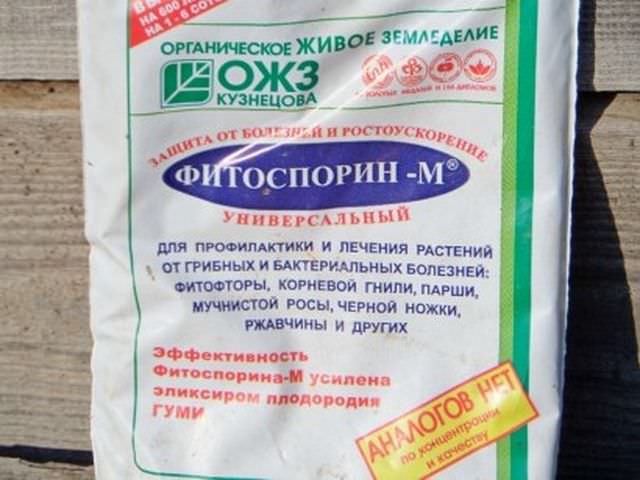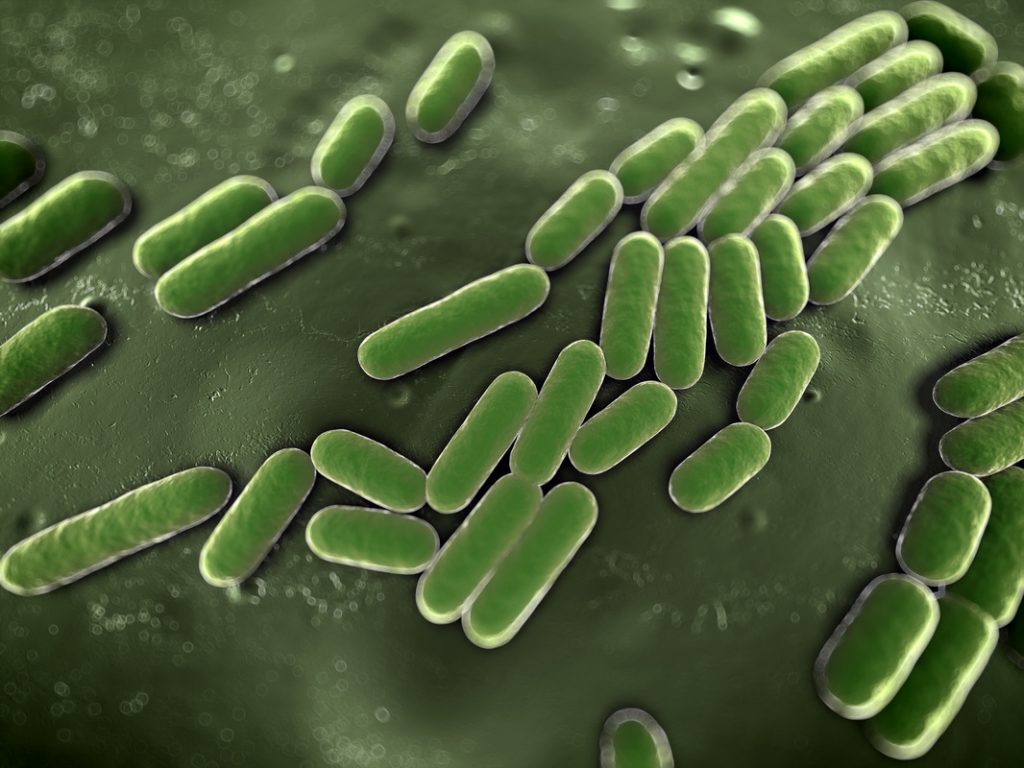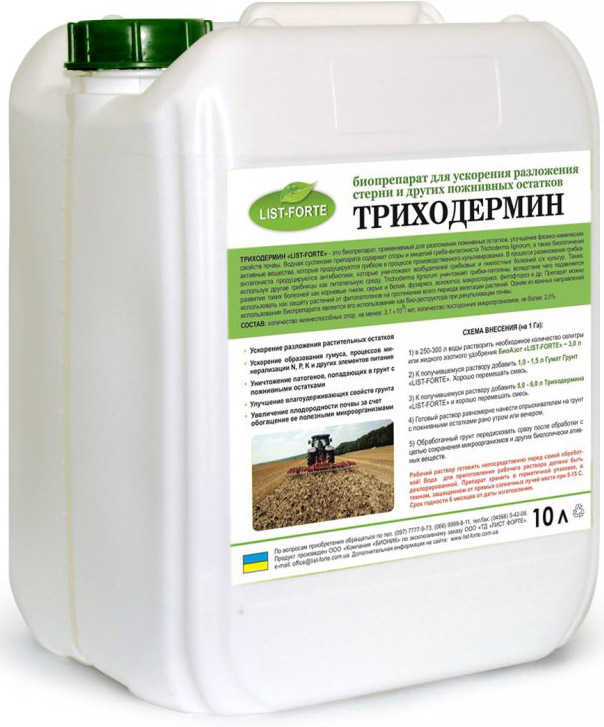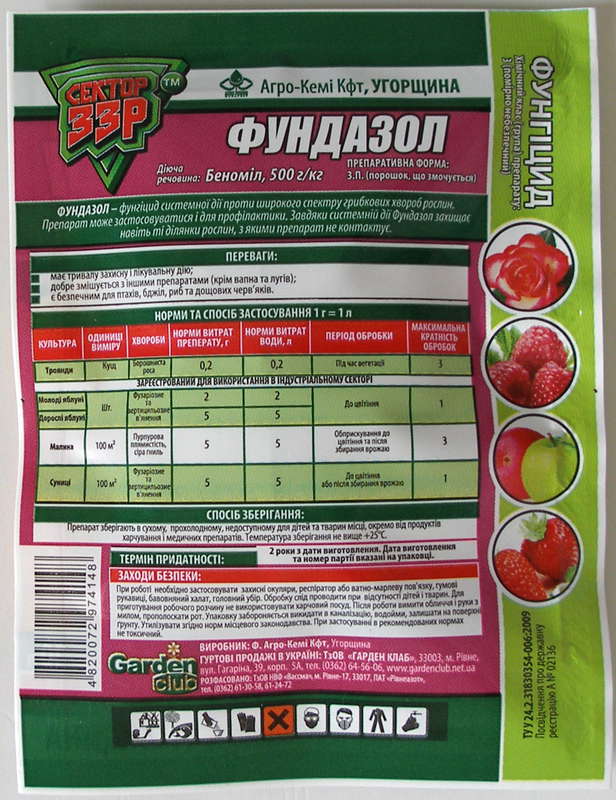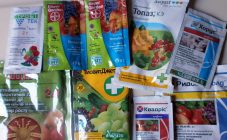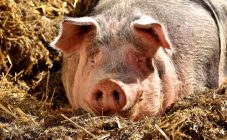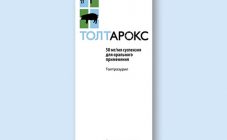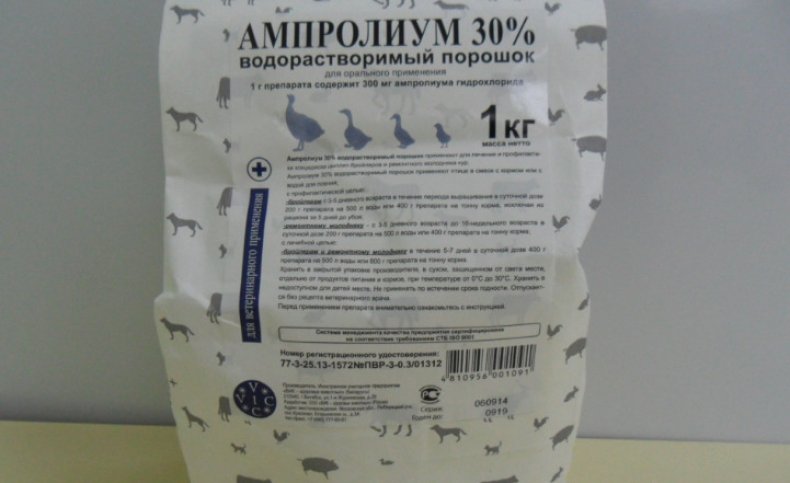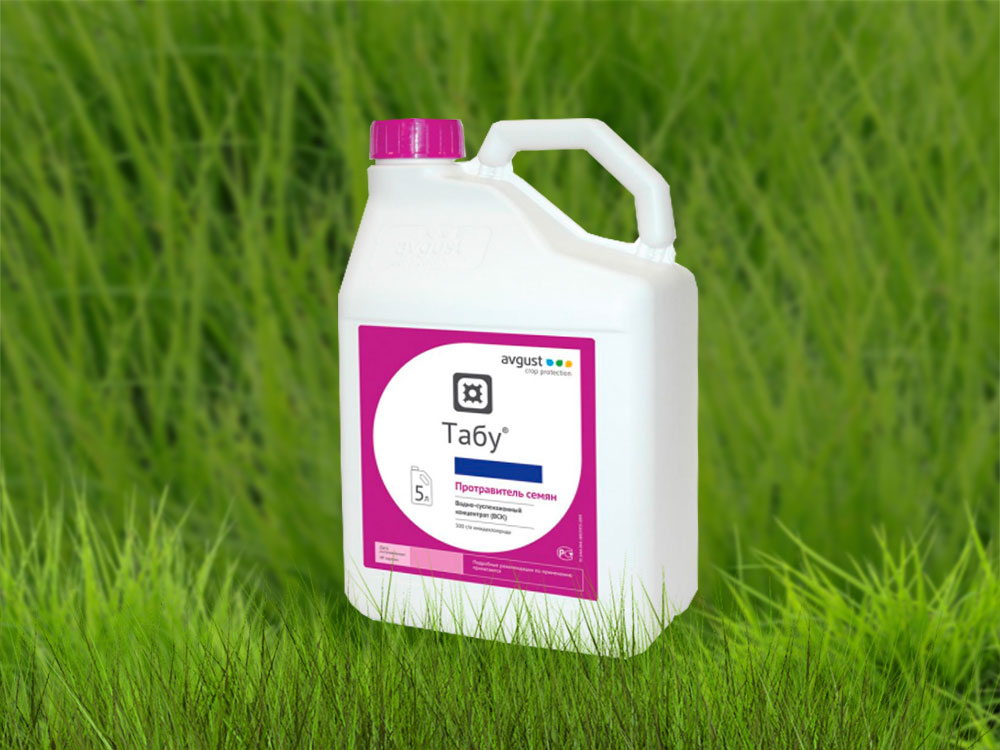Content:
Recently, winegrowers are moving away from "chemistry" and prefer biological preparations. Phytosporin is used to protect plants and planting material from fungal and bacterial diseases.
The composition of the product
The active ingredient of the biofungicide is Bacillus subtilis and hay bacillus, which is characterized by the productive synthesis of antibiotics. It also contains chalk, which provides an astringent effect.
To enhance fertility, some manufacturers of phytosporin add gumi elixir to the preparation. Its composition:
- humic acids up to 60%;
- nitrogen 2%;
- phosphorus 2%
- potassium 1%;
- trace elements;
- brown coal.
Basic properties
Biofungicide can be presented in the form:
- powder;
- pastes;
- emulsions.
The light gray powdery preparation has a spore and cell concentration of 2 billion / g. Produced in the amount of 10-300 g.
The paste is black in color and contains 100 ppm of hay stick. The manufacturer packs the drug in packages of 10-200 g.
In liquid phytosporin, the spore concentration reaches 1 mlr / 1 ml. The suspension has a milder effect and is available in bottles from 110 ml to 5 liters.
Application
The new generation biofungicide has a wide spectrum of action. All plants can be treated with the drug, because the bacteria that make up it are present everywhere in nature. You can treat with phytosporin:
- fruit trees;
- grapes;
- decorative plants;
- shrubs;
- strawberries;
- indoor and garden flowers;
- vegetables.
Fitosporin helps keep plants healthy for a long time. Moreover, it stimulates their growth and development. A systemic fungicide helps fight a number of diseases:
- scab;
- powdery mildew;
- mildew;
- oidium;
- rust;
- root rot;
- blackleg;
- late blight;
- spotting;
- bacteriosis;
- alternaria.
Efficiency
The drug retains its activity over a wide temperature range. The bacteria in the preparation are able to withstand fluctuations from -50 to 40 ° C. At such temperatures, it goes into a state of spore and remains in it until favorable conditions are restored. After the vital activity of the hay stick is restored, and it enters the active phase.
The effectiveness of the drug is as follows:
- acceleration of seed germination;
- suppression of plant diseases from 60 to 80%;
- increase in yield up to 40%;
- reducing the level of infection with root rot by 2-3 times;
- improving crop safety;
- reduction of the amount of decayed planting material after storage.
Toxicity
Hay stick preparations are allowed for agriculture and subsidiary farming. Fitosporin is harmless to warm-blooded animals and humans. The drug belongs to the lowest class IV toxicity.
The stick promotes the digestion of food, the breakdown of proteins and carbohydrates. Bacillus subtilis fights pathogenic microflora. But there are also individual cases when the body's reactions to hay bacillus occur. It can cause severe eye diseases and allergies in humans.
Fitosporin for grapes: instructions for use
The contents of the bag dissolve in water in a 1: 2 ratio. It is thoroughly mixed and poured into a container that closes tightly.
The resulting mother liquor can be used for:
- composting and mulching (1 tablespoon per 1 liter of water);
- disinfection of soil in spring and autumn during digging (for 2 m² consumption of 1 tbsp. spoon for 10 liters);
- soaking seeds and cuttings (2-4 drops per 200 ml of water);
- root watering (1 tablespoon per 10 liters, consumption rate: vegetables 200 ml under a bush, fruit trees 2-4 liters);
- spraying plants (2-3 tsp for 1 bucket of water);
- preparing vegetables for storage.
Treatment grapes
Vineyard protection from disease begins in early spring. In preventive measures, a total of 3 treatments are carried out:
- As soon as 3-4 leaves appear on the vine, you can proceed to the first spraying.
- After the formation of inflorescences and separation of the buds, you can proceed to the next stage.
- It is allowed to spray the grapes for the third time when the ovary appears, and the dosage of the drug should be doubled (4-5 teaspoons per 10 liters of water).
In the instructions for the use of phytosporin m for grapes, it is said that biofungicide is inferior in effectiveness to chemical preparations. When the first signs of the disease appear, you should immediately start treatment with phytosporin. The plant can be processed at any time during the growing season with an interval of 7 days until the signs of the disease completely disappear. Even during fruiting, spraying can be done, since the drug is non-toxic.
Comparison with analogues
Biological preparations similar to phytosporin, aimed at combating fungal and bacterial diseases - trichodermin, guapsin. The only active ingredient in them is the fungus. An approximate analogue of phytosporin for hay bacillus is phytodoctor.
Two groups of biofungicides, differing in the active substance, are not interchangeable, but justify themselves in the complex. They are characterized by the following positive characteristics:
- good compatibility with biological products of this class;
- application at any stage of the growing season: leaf growth, flowering, ovary and fruit ripening;
- prevention, control and prevention of most fungal and bacterial diseases;
- high environmental friendliness and safety for insects, warm-blooded animals and humans.
But at the same time, phytosporin has a number of advantages that allow it to come out on top:
- long shelf life (4 years), when for trichophyte, for example, it is 9 months;
- low cost.
Along with all the positive aspects, it is worth noting the disadvantages of biofungicide:
- intolerance to sunlight;
- lower efficiency compared to chemical pesticides.
Compatibility with other substances
Fitosporin works well with almost all chemical pesticides and growth stimulants. There is no need to combine biofungicide with fertilizers, because it contains all the necessary trace elements.
Mixtures with fungicides
If the grapes are severely affected by the disease, chemical preparations will help to cope with it. The following fungicides can be used to prepare the mixture:
- foundation;
- tilt;
- quadris;
- strobe.
Compounds with insecticides
In addition to diseases, you can additionally fight pests. The following pest drugs are added to the phytosporin solution:
- decis;
- aktara;
- actellik;
- fitoverm.
Growth stimulant supplements
The biological product baikal-M has not proven itself very well in the mixture, so it is better to use phytosporin separately. Epin, megafol, zircon will provide good compatibility.
Folk remedies
There are many recipes for dealing with diseases and pests using natural substances:
| Substance | Assessment | Description |
|---|---|---|
| potassium permanganate | +/- | decreased activity |
| ash or ash | + | |
| yeast | + | |
| soap | +/- | a small amount of |
| serum | + | |
| iodine | + | |
| boric acid | +/- | it is possible to add up to 0.05% |
| natural antibiotics | - | sharing excluded |
Unacceptable mixtures
The greatest danger to bacteria is represented by alkali-based substances. It is impossible to mix phytosporin with the following substances:
- sulfates;
- chlorides.
The bacteria are neutralized by potassium, magnesium, sodium, as well as a large amount of laundry soap.
The positive experience of using phytosporin in viticulture allows you to fight against diseases and parasites without the use of "chemistry". It activates the capabilities of plants that help to bear fruit well and give an environmentally friendly harvest.
